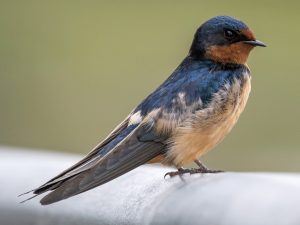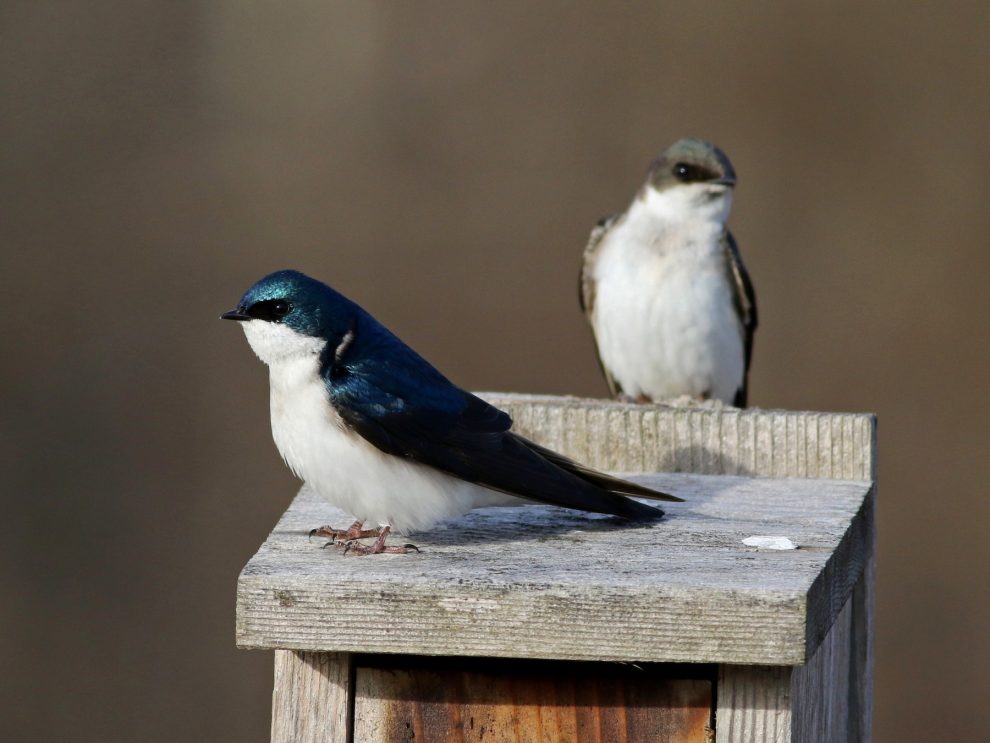Introduction
Swallows, also known as martins or swifts, are a group of small passerine birds known for their graceful flight and aerial acrobatics. These migratory birds have captured the admiration of people worldwide with their sleek bodies, distinctive forked tails, and remarkable migration patterns. In this blog, we will delve into the captivating world of swallows and uncover 20 intriguing facts about these fascinating birds.
- Global Distribution: Swallows are found on every continent except Antarctica. They have a wide distribution and can be seen in diverse habitats, including forests, grasslands, wetlands, and even urban areas.
- Aerial Insectivores: Swallows are highly skilled aerial insectivores, feeding primarily on flying insects such as flies, mosquitoes, and beetles. They are equipped with wide beaks and agile flight abilities that enable them to catch insects on the wing.
- Migratory Wonders: Swallows are renowned for their long-distance migrations. Some species travel thousands of kilometers each year, flying between their breeding grounds in the northern hemisphere and their wintering grounds in the southern hemisphere.
- Family Hirundinidae: Swallows belong to the family Hirundinidae, which includes around 90 species worldwide. Some well-known species include the Barn Swallow, Cliff Swallow, Tree Swallow, and Violet-green Swallow.
- Forked Tails: One of the distinguishing features of swallows is their forked or deeply notched tails. This tail shape helps them maneuver swiftly through the air, making sharp turns and sudden changes in direction during flight.
- Nesting Habits: Swallows are known for their intricate nest-building skills. They construct cup-shaped nests using mud, twigs, grass, and feathers. These nests are often attached to the sides of buildings, cliffs, or in the branches of trees.
- Monogamous Bonds: Swallows are typically monogamous and form long-term pair bonds. Males engage in elaborate courtship displays, showcasing their agility and singing abilities to attract mates.
- Incredible Flight Speed: Swallows are among the fastest birds in level flight, reaching speeds of up to 35 to 40 miles per hour (56 to 64 kilometers per hour). They can even fly faster when performing acrobatic maneuvers or during migrations.
- Exceptional Migration Skills: Swallows have remarkable navigational abilities, relying on celestial cues, landmarks, and Earth’s magnetic field to guide them during their long migrations. They often return to the same breeding and wintering grounds each year.
- Highly Social Birds: Swallows are social birds and often gather in large flocks during migration and at roosting sites. These flocks can consist of thousands of individuals, creating impressive aerial displays.
- Insect Control: Swallows play an important ecological role by controlling insect populations. A single swallow can consume hundreds of insects per day, making them beneficial to agriculture and human populations.
- Cultural Symbolism: Swallows hold cultural significance in many societies. In folklore, they are often associated with good luck, happiness, and the arrival of spring. Their return after winter migration is celebrated as a sign of renewal and the changing seasons.
- Adaptability: Swallows are adaptable birds and can adjust to various environments. Some species have even adapted to urban areas, nesting on buildings and bridges, taking advantage of the insect-rich surroundings.
- Cooperative Breeding: Certain swallow species, such as the Purple Martin, engage in cooperative breeding. Multiple pairs will come together to form colonies, with older birds helping to raise and protect the young of other pairs.
- Vocalizations: Swallows communicate through a variety of calls and songs. Their vocalizations range from soft twittering sounds during flight to melodious songs emitted from perches or during courtship displays.
- Aerodynamic Design: The streamlined body shape and long, pointed wings of swallows are designed for efficient flight. They have a high aspect ratio, allowing them to soar effortlessly and cover long distances.
- Insect-Eating Champions: Swallows are highly efficient insect hunters. They have specialized adaptations such as wide gapes and bristle-like feathers around their mouths, which help them catch and retain insects while in flight.
- Camouflage and Predation Avoidance: Swallows have evolved various strategies to avoid predation. Their sleek, dark-colored plumage provides camouflage against the sky, and their swift and agile flight makes it challenging for predators to catch them.
- Longevity: While the lifespan of swallows varies among species, some individuals can live up to 10 to 15 years or even longer in favorable conditions. However, many factors, including predation, migration hazards, and environmental changes, can impact their longevity.
- Conservation Concerns: Swallows face several conservation challenges, including habitat loss, pollution, and climate change. Loss of suitable nesting sites, such as destruction of wetlands and changes in agricultural practices, can negatively impact their populations.
Conclusion
Swallows are remarkable birds that inspire awe with their aerial prowess, migratory journeys, and ecological importance. Their unique adaptations, intricate nest-building skills, and social behaviors add to their charm. As we continue to appreciate and protect these remarkable creatures, we contribute to the preservation of their natural habitats and ensure that future generations can marvel at the grace and beauty of swallows in the sky.



















Add Comment